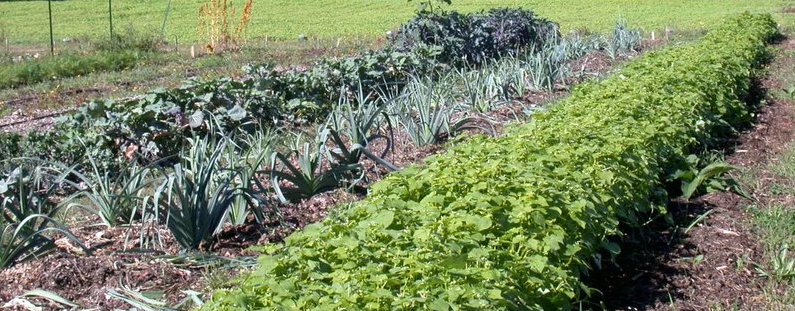The Dirt | Healthy Soil: The Foundation of a Productive Garden

It’s that time of year when budding plants and seed catalogs entice you to plan for the upcoming gardening season. While it’s easy to get excited about growing heirloom tomatoes and purple potatoes, don’t forget to include soil building on your to-do list. Healthy soil cleans and stores water, recycles nutrients, is home to myriad beneficial organisms, and is the Earth’s natural planting mix.
Apply the Natural Resources Conservation Service’s four soil health principles to maximize the soil’s beneficial services as you prepare beds and rotate crops.
- Use compost, mulch or cover crops to keep the soil surface covered at all times. This prevents erosion and compaction caused by Willamette Valley weather. Protect the soil surface to prevent erosion that occurs when raindrops or wind dislodge soil particles and move them down slope, into waterways, or up into the air. Raindrops can pound bare soil and decrease valuable air space.
- A diversity of plants above ground benefits belowground diversity. The use of cover crops and crop rotations helps keep the large variety of soil dwellers alive and active. It takes a broad array of organic matter inputs or “flavors” to sustain the fantastic scope of biological creatures that inhabit the soil and are important contributors to plant health and water retention.
- Reduce soil disturbance. The plow is an iconic symbol of our agrarian ancestry. Let the truth be known, while tillage and digging are good for creating fine seed beds, more is not better. Soil disturbance breaks up valuable soil structure; destroys pores where nutrients and water are moved and stored; and encourages accelerated decomposition of valuable organic matter. Find the mindful balance between your practice of ancestral traditions and respect for soil biological processes; work the soil as little as possible.
- Keep living roots in the ground. The rhizosphere, or area around plant roots, is the epicenter of the underground microbial activity. Plant roots excrete substances into surrounding soil to create a welcoming environment preferred by nutrient-cycling bacteria. Keep plants growing year-round to sustain these itsy-bitsy exchange zones where bugs and plants unconsciously set the stage for humans’ food and fiber resources.
As you prepare your garden beds for cultivation this year, place soil maintenance at the top of your list, because healthy soil is the foundation of a productive garden.
For in-depth garden soil information, check out this informative Washington State University publication, A Home Gardener’s Guide to Soils and Fertilizers.

